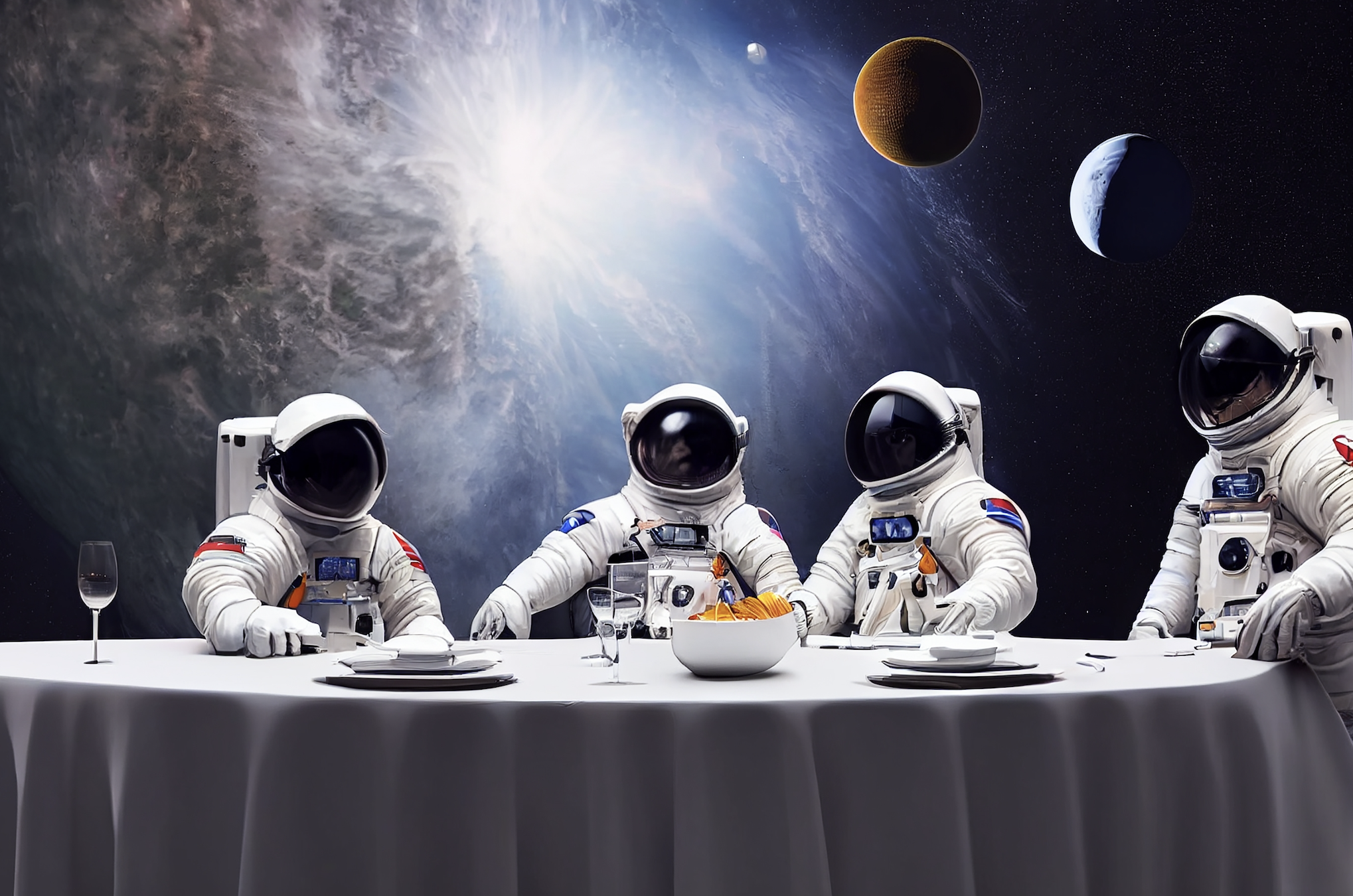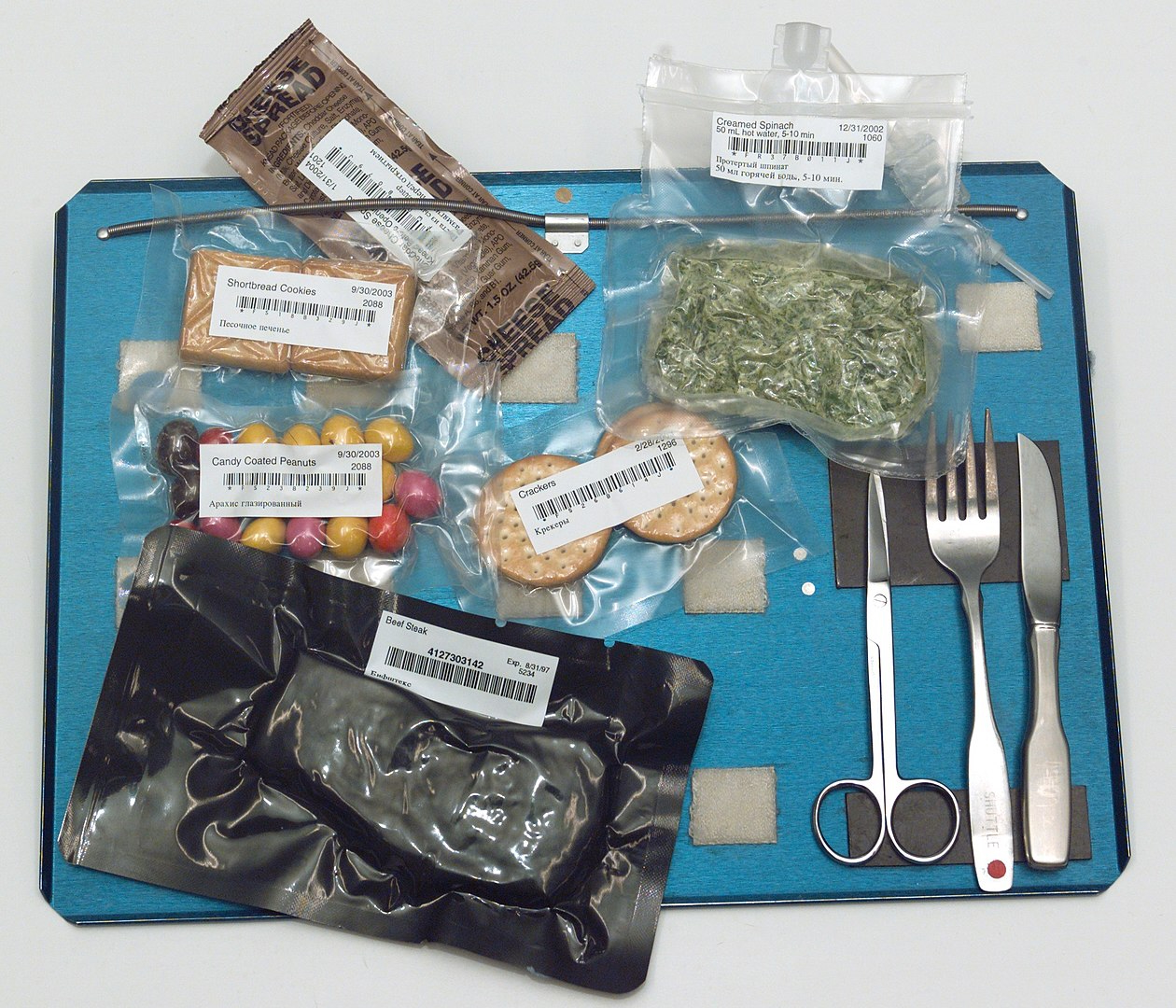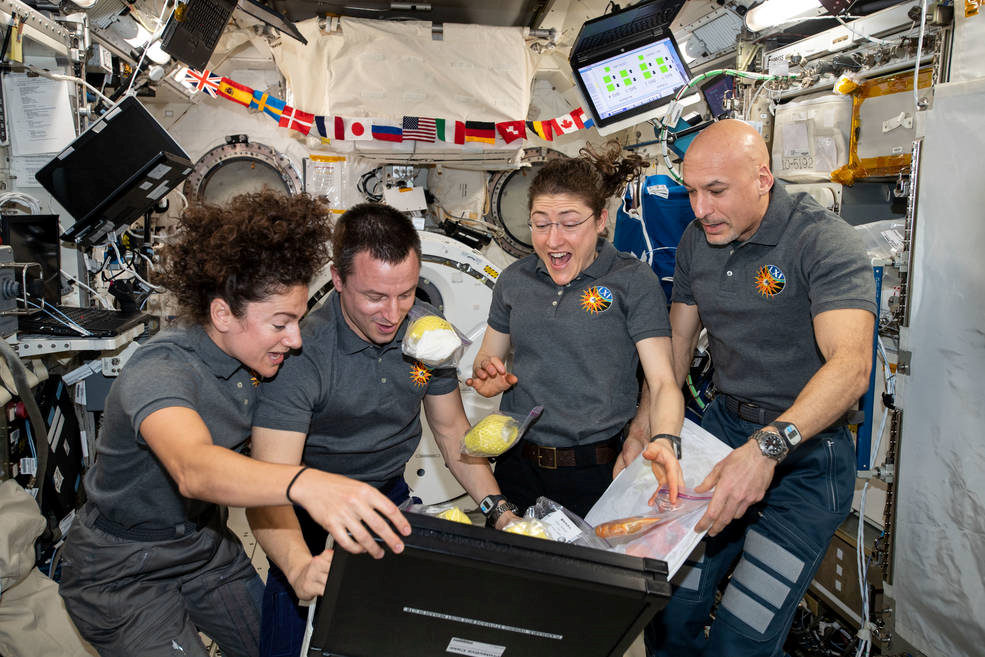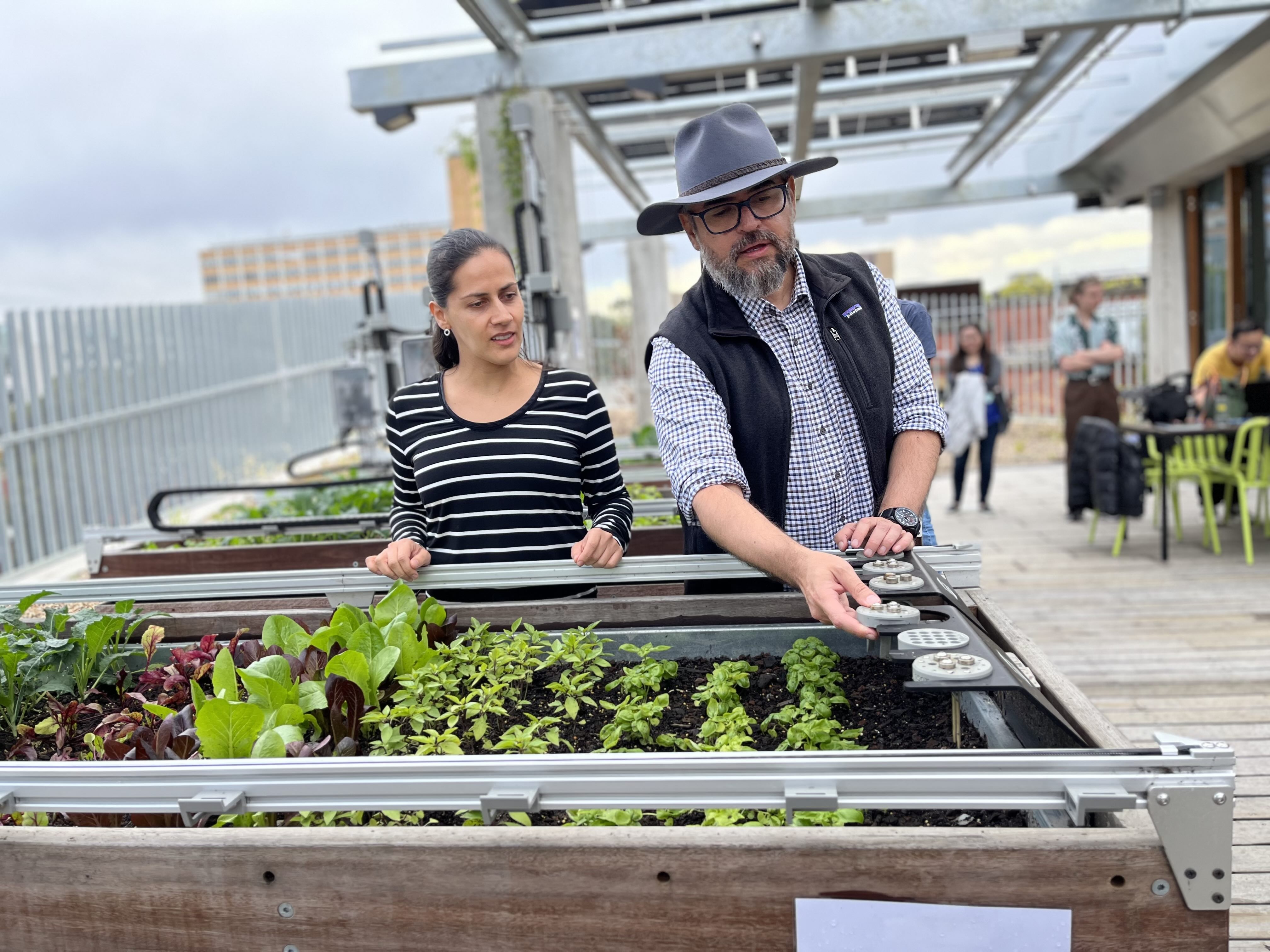
Sciences & Technology
The great mystery of interstellar chemistry

Astronauts report their tastes change in space which reduces their appetite and nutrition, so researchers are creating pioneering space food for long-term missions
Published 16 August 2024
Space radiation.
Microgravity.
Space junk.
Lack of tasty food.
At around 400 kilometres above the Earth’s surface, with experiments to conduct and a space station to maintain, you might not expect to see the quality of food on a list of an astronaut’s concerns.
But in space, astronauts report that their taste buds change, affecting what food they find enjoyable, and in turn, what nutrients their body receives.

The right nutrition (along with exercise) is very important to counter the bone and muscle loss that results from microgravity.
Without the continuous load of Earth’s gravity, weight-bearing bones lose on average 1 to 1.5 per cent of mineral density per month during spaceflight.
When astronauts prepare for long-term missions, their food choices can be challenging. Although NASA has around 200 meal options for the International Space Station, astronauts can only take a limited selection with them, which they must repeat in cycles.
This repetitive diet leads to menu fatigue, a significant psychological, nutritional and sensory hurdle for space travellers to gain enough calories to avoid malnutrition.
Our research team is exploring how food and beverages are perceived in space.
We are using space-simulated environments to prepare for the long-term missions planned to the Moon and Mars in 2030 and 2040.
Along with 38 other partners worldwide, including NASA and AXIOM, our team is developing plants and protocols based on artificial intelligence and digital twins, which consist of virtual models that simulate physical processes, to support astronauts in these missions.
The project is part of the Australian Research Council Centre of Excellence in Plants for Space (CoE-P4S).

Sciences & Technology
The great mystery of interstellar chemistry
One reason for the limited and often unappealing space menu is the processing techniques needed to ensure the food’s safety and longevity.
Methods like sterilisation (eg cans and pouches), irradiation and freeze-drying are essential for preserving food in space. However, these processes often strip the food of its visual appeal and alter its texture, making it less appetising.
To combat the reduced appeal of space food, meals are often heavily seasoned with spices, chilli, sauces and sweet ingredients to boost flavour and aroma.
This is crucial because, in microgravity, body fluids shift within the nasal passages, blocking aroma receptors in the nose. While this doesn’t eliminate the sense of smell, it does modify it, making robust flavours more necessary.

Recent research from our Digital Agriculture, Food and Wine research group has explored how trigeminal sensations – those irritating the trigeminal nerves, contributing to mouthfeel – are perceived in space.
These sensations include astringency (like the dryness from wine or black tea), fizziness, warmth (from alcohol) and pungency (spiciness from chilli or black pepper).
We found that, although not significantly different in univariate analysis (ANOVA), mouthfeel is perceived more intensely in simulated microgravity conditions according to multivariate data analysis, which provides more realistic information when considering perceived intensity along with the biometric variables.
Retronasal aromas – the smells perceived from the back of the mouth – have also been recently studied by our research group in space-simulated conditions.
In these studies, aromas like coffee, garlic, aniseed, coriander and cumin were perceived with lower intensity in microgravity compared to Earth.
Similar to orthonasal aromas (smells perceived through the nose), this reduced intensity does not mean the food is bland or disliked; it is just perceived differently.
Our first-of-its-kind study developed a unique method to produce and test the taste perception of beer.
We used beer to represent a product that has a tried-and-tested recipe with multiple production techniques and flavours that our subjects would be familiar with.
Taste perception of beer was conducted in both a pub-like setting on Earth as well as a space simulation.
Our latest study, which is soon to be published, used coriander and sweet basil grown in robotic farms (FarmBots) under different treatments. These included control (normal conditions), low silicon, and high silicon added as nutrients to the leaves.
These herbs were dried and used during the beer bottling process. The beers were naturally carbonated and underwent either control (no treatment) or sonication (audible sound) using different frequencies to decrease bubble size in the foam and increase its stability.
We used these samples to conduct a consumer sensory test in rooms with 180-degree screens simulating immersive environments which included:
Earth: A pub-like setting with normal seating position and pub background sound through headphones.
Space: The International Space Station (ISS) displays a porthole view of Earth and reclined seating to simulate microgravity and ISS background sound using headphones.
Currently, astronauts do not consume alcohol under NASA's restrictions, but this may be possible during space tourism.

Sciences & Technology
A robot nose for a true brew
The results revealed fascinating insights into how different simulated environments impact beer sensory perception.
Firstly, there was a clear distinction in beer sample preferences based on consumer feedback and subconscious responses in the Earth environment compared to the Space environment.
Beers with high silicon treatment and sonication tasted in the Space environment were liked more for their bitterness, acidity, aroma and sweetness.
They evoked positive emotions like joy and resulted in higher diastolic blood pressure. The same beer tasted in an Earth setting was rated lower and perceived as more bitter and acidic.
Meanwhile, beers tasted in the space environment with low and high silicon treatments, but without sonication had more intense herbal aromas and a stronger bitter aftertaste.

All six beer samples tasted on Earth elicited negative emotions including sadness and anger and were rated lower in sensory attribute liking and attention.
The control sample with sonication and the high silicon sample without sonication in the Earth environment were associated with increased engagement, contempt, higher heart rate and systolic blood pressure.
Physiological responses like heart rate and blood pressure are controlled by the autonomic nervous system (ANS), which is responsible for the body's involuntary functions.
These are directly related to the body's subconscious responses to stimuli with the ANS being responsible for most of our food and beverage choices before we get to the decision-making process.

Sciences & Technology
Digging deep for dark matter
Our next studies aim to use macronutrients from plant sources to 3D print a variety of foods.
The goal is for astronauts to print their food in space and overcome menu fatigue by having visually appealing and more palatable options.
We are eagerly awaiting the latest advanced model of a 3D food printer, capable of printing up to five different materials faster and with better performance and integrated cameras, to explore this frontier further.
As space exploration continues to push boundaries, understanding and improving the sensory experiences of astronauts will be crucial for their well-being and mission success.
From combating menu fatigue to enhancing flavour perception, these studies pave the way for a more enjoyable overall experience of missions in the final frontier.
This article was updated on 21/10/2024 to describe the research findings in more detail.